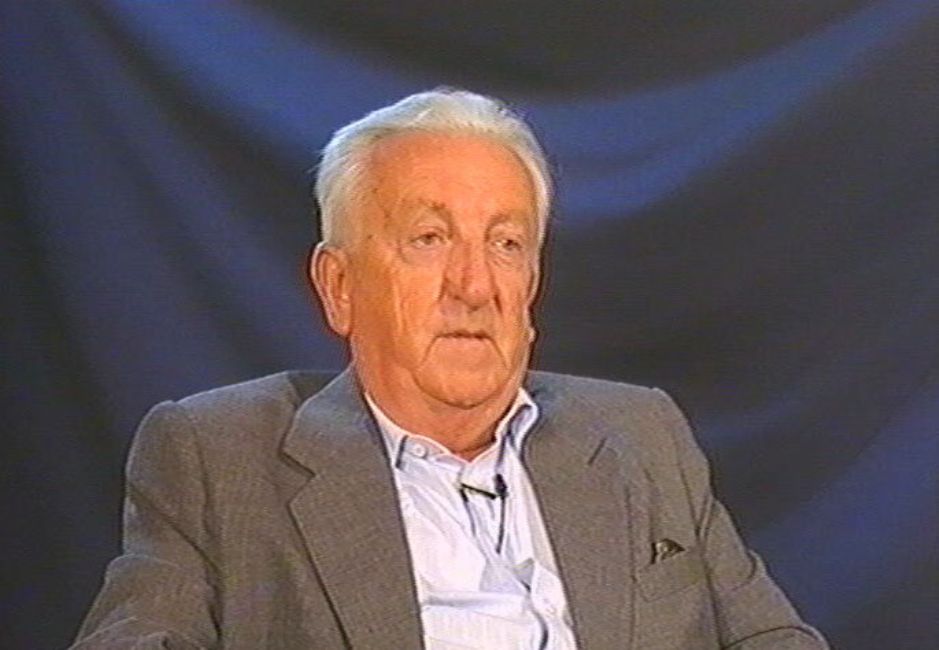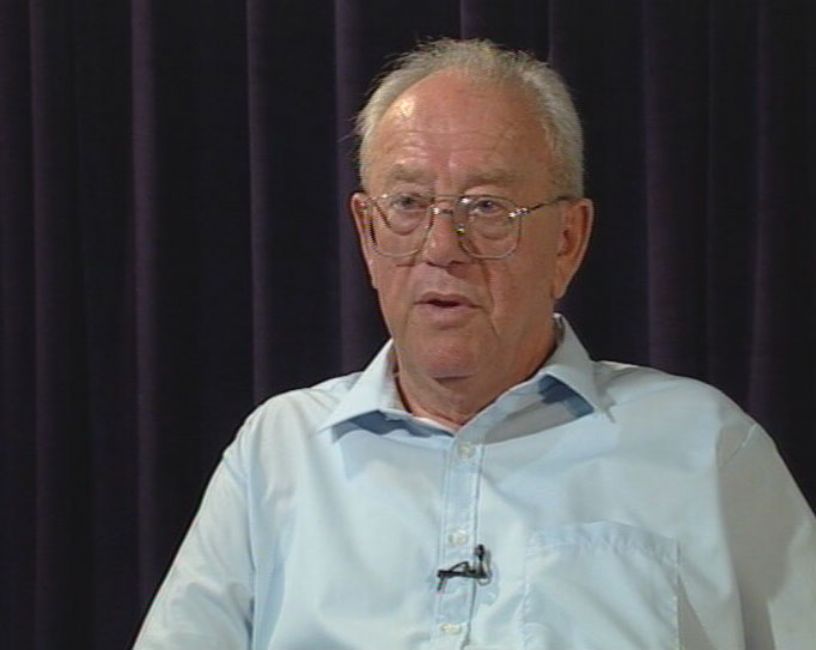Kamień Koszyrski Jewish Cemetery Related Communities
# Follow us
Languages
English
עברית
Русский
español
Deutsch
Français
ABOUT THE HOLOCAUST
RESEARCH & COLLECTIONS
COMMEMORATION
EDUCATION & E-LEARNING
MUSEUMS & EXHIBITIONS
RIGHTEOUS

Murder Story of Kamien Koszyrski Jews at the Jewish Cemetery in Kamień Koszyrski
Murder Site
Kamien Koszyrski
Poland
On August 10, 1942 the German Security Police from Brześć nad Bugiem, with the assistance of the German regional order police (Gendarmerie) and the Ukrainian auxiliary police, headed by Yakov (Akim) Blyashuk, surrounded the ghetto. The Jews were ordered to gather with their belongings at the main gate of the ghetto on the pretext that the entire area had to be disinfected. According to another testimony, the Jews were told that they would be sent for work. Then they were taken from the ghetto on foot, under the guard of Ukrainian auxiliary police, outside the town to the Jewish cemetery. The old and sick Jews were taken by cart. When they arrived close to the Jewish cemetery, the Jews were taken to a fenced-off area where military barracks, constructed initially for Soviet POWs, were located. Then a selection was conducted by Fritz Michaelis, the Gebiteskommissar of Kamień Koszyrski, assisted by the members of Judenrat, on the basis of permits issued to specialist workers. Several hundred Jews, mainly young specialists, who were given those work permits, were locked in the barracks. The rest, after being forced to strip naked, were taken in groups to pits that had been prepared in advance at the Jewish cemetery, made to lie facedown, and then shot to death in the back of the head with machine-guns by the members of a Security Police unit. Along with the Jews, several dozen or more Roma [Gupdy] people were shot to death at the site at the same time. According to a German report, in mid-August the Security Police reported the "special treatment" of 3,399 Jews in Kamień Koszyrski County; of those at least 1,700 were shot in the town itself. Gebietskommissar Fritz Michaelis personally headed this murder operation. In the course of the following days, some Jews who had hid in the ghetto were dragged out of their shelters and shot to death at the murder site by Ukrainian policemen.
On November 2, 1942 the Kamień Koszyrski ghetto was liquidated: its remaining inmates were taken to the site and shot to death by a German unit.
Related Resources
Written Testimonies
Written Accounts
ChGK Soviet Reports
Avraham Biber, who was born in 1924 in Kamień Koszyrski and lived there during the war years, testified:
… On Sunday, August 9, 1942 the whole ghetto was in turmoil. No one was sleeping, [every one] anticipated that something terrible was about to happen. The tension in the air was palpable. Everyone knew that people would not be going to work the next day and that by morning, at 7 a.m. all [the inmates] were supposed to assemble near the main gate [of the ghetto], everyone carrying a bundle of 3-4 kilograms, no more than that, everyone [including] old people, women, and infants] had were to be there. We sensed that the situation was not good, but we didn't know exactly what was awaiting us. That is how it was. We assembled near the gate around 8 or 9. [Then] we began to go from the ghetto [to a place] outside of town, near the Jewish cemetery. There was a plot of land which was fenced off and contained barracks that had been constructed there for [Soviet] prisoners of war, but for some reason the prisoners never appeareddid. There was an area enclosed by a wooden fence; inside there were several barracks … [to which] we were taken. We had to cover quite a distance: we walked for a long time, about an hour or an hour and a half. This was a death march. Every column was guarded by armed Ukrainians [auxiliary policemen]. Every 3-4 meters there was a Ukrainian with a weapon. There were hardly any Germans, only a few of them, and they allocated carts for those who could not walk; those whose feet were hurting were taken by cart. We [finally] reached the area. It was in August, with hot summer weather and no shelter. We were forced into that fenced-off area. We began to look around and saw that across the road, at the [Jewish] cemetery, there were pits. We realized that the pits had not been dug for no reason, but once again, we could not do anything. … We were told that in the afternoon the Gebietskommissar [Fritz Michaelis] would arrive and he would hand out "Scheine," [i.e.] lessez-passees for those who were going to work …. After noon, at 13:00 or 14:00 p.m. we heard the car [of the Gebietskommissar] arriving. We were all put on one side and he, together with [the members] of Judenrat [Jewish council], or the head of the Judenrat, handed out the [work] permits ("Scheinen"}. They prepared lists [of names] and announced that anyone whose name was called out should come to receive a "Schein" and then move to the other side. Since our last name was Biber, according to the alphabet our turn was right at the beginning. My father was no longer alive so they read aloud the name of our mother and [also] the names of the five oldest children. The three young children under the age of 15 were not accepted [i.e., granted permits]. But we didn't know this. Meanwhile, during the chaos [in that areaa] we learned that only those who were accepted as workers, and this excluded old people and children, were receiving "scheine." While the people were in the process of grasping what was happening in the area, they were taken and locked up in the barracks. Meanwhile there was confusion, chaos, in the area.… People were beginning to find out what was going on in the area, that families were being divided, with children being separated from their fathers and mothers and from their grandfathers and grandmothers. There was one man who was a member of the Judenrat whose wife and children did receive them [work permits], but his four grandchildren did not, so he said to his children: "You go, I will stay with the grandchildren," since he was a member of Judenrat and, thus, might stay alive.… The screaming seemed to reach the heavens. All around there was screaming and wailing…. Mothers refused to part with their children; children were saying to their parents and, the opposite, paremts were saying to their children: "You go. You should stay alive." In fact, they [the Germans] managed to hand out a "Schein" to only about 600 people, while the rest remained in the area puzzled at the cessation of the distribution of work permits. The confusion was tremendous and the screaming [as well].… So what happened next? All those who remained aside [without permits] were taken to the pits. They were taken in groups of 5 and, forced to strip; then they were taken naked to the pits, where they were murdered.… We estimate that approximately 2,400 people were murdered on that day.… I repeat, [while we were in the barracks], we heard the shooting but we didn't know what was going on, obviously we still did not understand. It happened that [during the selection] that involved 2,400 people the Gebietskommissar himself and several Ukrainian accomplices [i.e. Ukrainian policemen] … put to the side several [Jews] whom they personally knew from work, or who were close to them. Thus, they sent them to the other side of the yard. Then they came and told us what had happened there with the people.... Toward evening it was quieter. Wailing was heard from the barracks and we understood that everything was over. We were grieving - orphans and parents who had lost their children, families broken, destroyed. The tragedy was great. We were not allowed to get leave [the barracks]. The next morning we went out to the area and saw many items scattered around, a watch here, a necklace there, photographs. The Germans were going around collecting [these items]. …
YVA O.3 / 4839
Dov Waisman, who was born in 1927 in Kamień Koszyrski and lived there during the war years, testified:
…. After a while the Germans came, it was a special group that was going from town to town in order to kill [the Jews]. Then an order was issued that all [the inmates of the ghetto] had to assemble at 5 a.m. near the main gate. [They were told] that they were going for work. Some showed up, others didn't. Eighty percent [of the ghetto inmates] showed up.… Among them was was our family. We went in rows. We reached the [Jewish] cemetery. Before the cemetery there was a very big plot of land [area] that was fenced off. Germans and Ukrainian [auxiliary police] were there [guarding]. We were inside the area. There were also two or three wooden barracks [that had been built by the Germans for Soviet prisoners of war] inside the area. When we looked outside, [the area] was fenced off with a wooden fence and one could see something [between the logs], we saw that pits had been dug, two pits. However, everyone thought [to himself] that [those pits] were not for him.… Then the Gebietskommissar [Fritz Michaelis] came, [together] with all those [German] bandits who arrived especially for this murder [operation]. The Ukrainians [i.e. Ukrainian auxiliary police] [came to the site] as well. [Germans] began to read aloud the names [of the Jews]. Once they read aloud a name, that [meant] that a person was [selected] to live. [Those whose names were read aloud] entered the barracks, those [whose names] were not read aloud, remained in the area. [The names] of my father and mother were read aloud. My father looked to the other side [where I was standing]. [He understood] that I was doomed. But they were already in the barrack. So my father [said to me]…: "If they call aloud [the name of] Moshe Feldman, say that you are him." And that is what happened. I was standing near my maternal grandfather.… There were families. When [Germans] were reading aloud the names, [those families] didn't move unless they saw that the children's [names were read aloud] as well. They didn't want to live [if their children did not as well]. So when they called out "Moshe Feldman," as I was told, I said that that was me. [That is how] I received a [work] permit and was able to enter [a barrack]. It was at night.… Those who remained in the area, who did not enter [the barracks], … [the Germans] made strip naked. Then [in groups] of 50 they took them to pits that had been dug during that day. The Germans shot them to death. We heard the shooting.… In the morning when we got up, no one remained [in the areaa]. There were only piles of clothes. We saw the earth heaving [above the pits] …. I believe that there were many people who were [still] alive. They [Germans] didn't pay attention to whether someone was dead or not. They just shot and covered the pits. That's it. Blood was flowing [from those pits].…
YVA O.3 / 11471
Kamien Koszyrski
Jewish cemetery
Murder Site
Poland
51.629;24.962
Videos
Avraham Biber was born in Kamień Koszyrski (until 1939 Poland) in 1924 and was living there during its German occupation
YVA O.3 / 8150


